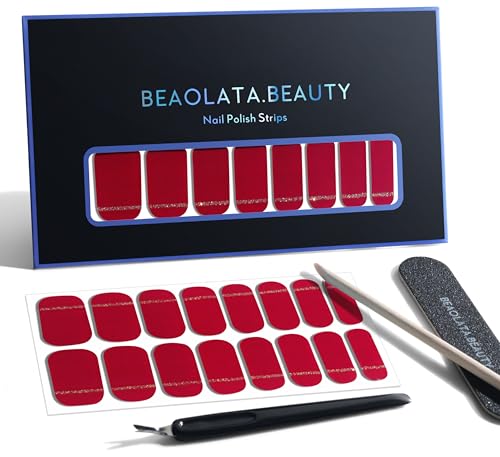Just going to weigh in here from what I've seen in the industry.
Aging in bottle is ABSOLUTELY a thing. If the wine is not going on oak (for oxidation and oak flavoring) then it often goes right into bottle to be stored in the cellar--typically without cap and label. This doesn't happen with all wines, of course. But it is an option that is done as a normal thing. More expensive wines will go to barrel first to bulk age. I don't see anyone bulk aging in neutral containers like stainless or glass.
To be perfectly clear (lol nice pun), I'm talking about aging, not clarifying. You shouldn't bottle unclear wine. Clarifying without fining agents can take 3-12 months and
is done for some wines. But here's the dirty secret: most wineries use kieselsol/chitosan or isinglass fining ingredients and bottle within 2 weeks of crush unless they're intending to make a $50+ bottle of wine. I guarantee that any wine <$70 a bottle is not aged on
new oak AND clarified with only time, the market for that kind of cost just isn't huge. It's done all the time, but that is not the bulk of what folks are selling, therefore making.
There is a reason bottle aged wines are always in flat-sided bottles--that doesn't mean all flat sided bottles are bottled aged, though! More of than not when you hear "limited release" or "reserve" (really these words mean nothing, technically) they are likely made without fining and/or bulk aged in new barrels because they have no need to make more than a couple hundred gallons--it just doesn't sell enough at the price necessary to keep it up. Here are some examples from a winery I'm familiar with and can vouge for their quality.
2020 Sangiovese this is bottle aged and finings are used. It is and EXCELLENT wine. Notice the shape of the bottle. They are stacked side by side on large shelves for a year before being labelled and capped.
Attached are pictures (
credit) of the aging of this wine. In the pictures there are labels on them, but typically they do not stack them labelled because it can damage the labels on the bottom rows.
2022 PINOT NOIR this is barrel aged and much younger than the 2020. Notice the price hike, this is normal. Also an EXCELLENT wine, but you're paying for their new oak barrels. I am unsure about how this specific wine was clarified, but based on the price I would assume it went into the barrel fined and clear.
2018 IL BARONE absolutely no corners are cut on this wine! This is the wine they'll put in most of the their promotional materials that include how to make wine. It's mentioned in
this video also. It's also the wine they'll sell the least of and requires a majority of the work ($$) and time ($$) to make.
2022 LA FANTASIA in contrast, this is a fast made, sweet, BIG selling, money maker wine that is fined in large stainless steel vats and quickly bottled. I love this wine but it's not really "aged" in the classic sense at all with the exception of how long it takes to go from bottling to consumer's mouth.
None of these are bad wines, and none of these methods are incorrect! The only difference is what flavor profile the winemaker is after, and this is typically decided before the grapes are even crushed.














































